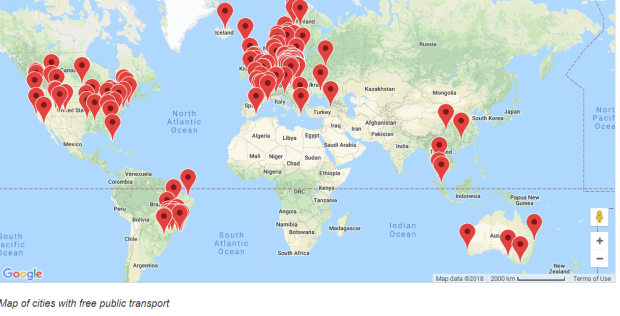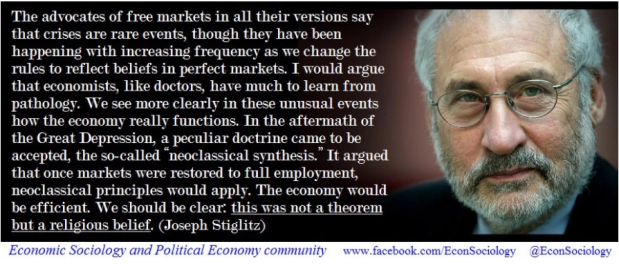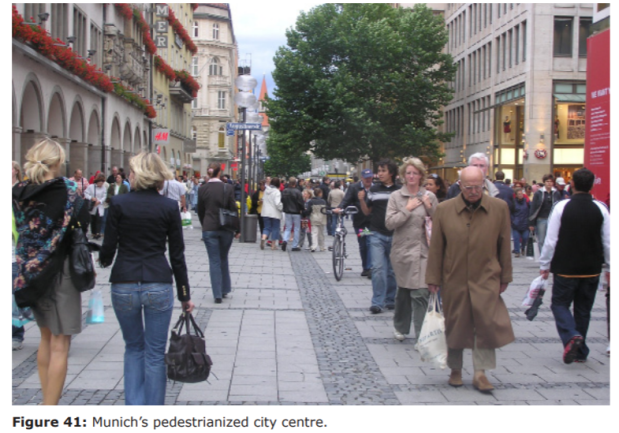
Every day is a perfect occasion for World Streets to announce publicly, loudly and yet once again our firm belief that the most important single thing that our society, our nations and our cities could do to increase the fairness and the effectiveness of our transportation arrangements would be to make it a matter of the law that all decisions determining how taxpayer money is invested in the sector should be decided by councils that respect full gender parity. We invite you to join us in this challenge and make it one of the major themes of sustainable transport policy worldwide in the year immediately ahead.


















